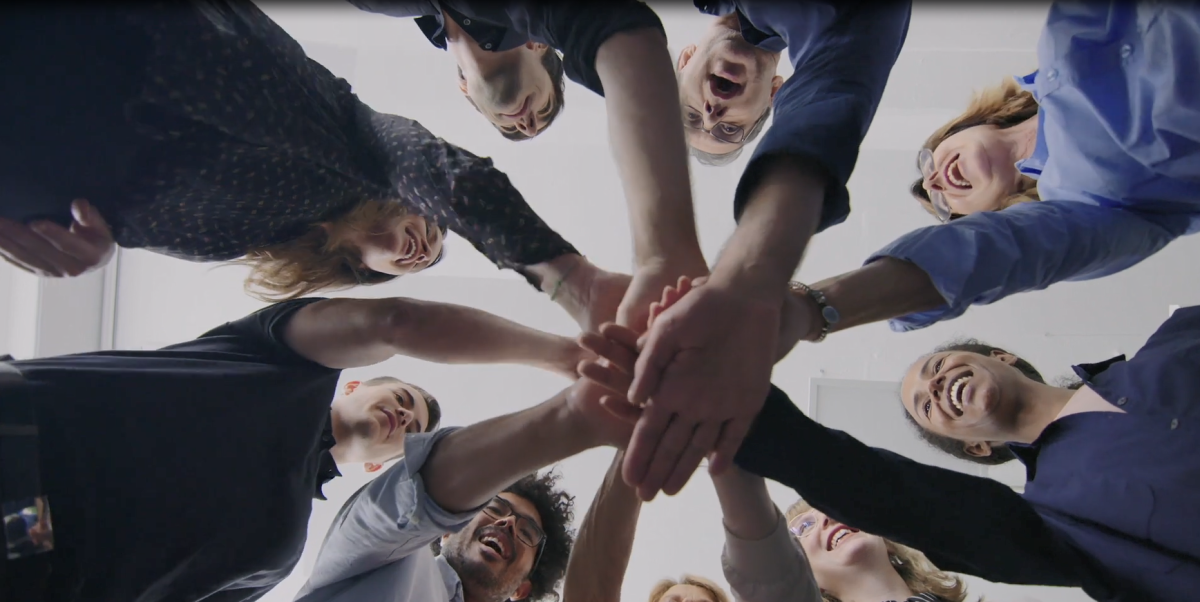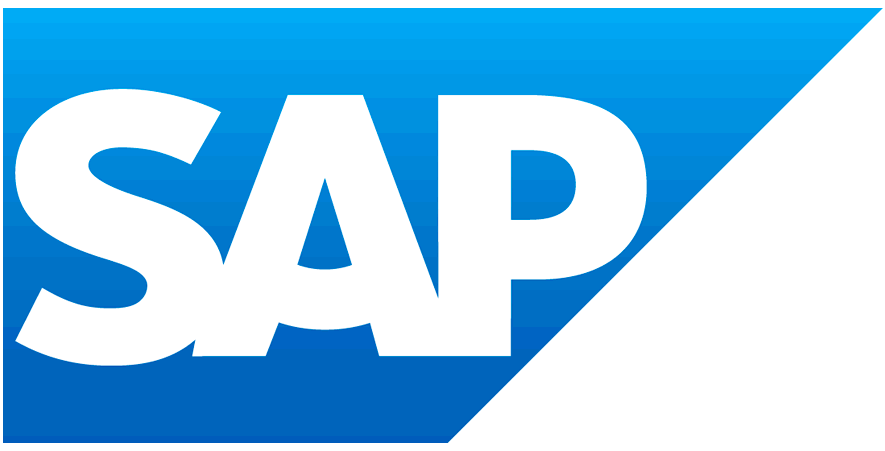Let’s Meet in the Middle: Autism Acceptance Month
Feature by Alexa MacDonald
An estimated 1% of the world’s population is on the autism spectrum – a term that refers to a diverse group of conditions meaning that people may behave, communicate, interact, and learn in ways different from the majority of other people. And Sascha Dietsch is one of them.
“Everyone’s autism is slightly different,” Dietsch explains. Before the terms neurodiversity and neurodivergent became common currency to describe these differences in brain functions and behavior, autism was often classified as a disability.
Today, most individuals on the autism spectrum reject the “disability” label. Neurodivergent means just that: different, not disabled.
More often than not, says Dietsch, neurotypical individuals who view neurodivergence “as a disability and a hindrance” are the ones applying a disability label to an autistic individual’s differences in behavior, interaction, or communication.
Unfortunately, these differences can sometimes make it difficult for autistic individuals to shine in conventional job interviews, contributing to the higher rates of unemployment or under-employment in this group.
To make recruiting practices fairer and to promote an autistic-inclusive workplace, SAP founded the Autism at Work program in 2013.
Autism at Work Program
With a team dedicated to fostering an inclusive workplace experience for autistic colleagues, the Autism at Work program offers tailored accommodations including, for example, the sharing of interview topics in advance and an Autism at Work buddy for new hires.
This global program not only signals a commitment to autism inclusion but provides robust tools and processes to deliver it. More than 215 colleagues have been hired in association with this program or have self-disclosed.
The program has been vital in hiring autistic employees who, in turn, often become role models and an inspiration to others.
The AHA! Moment: The Role Model
Dietsch recalls very clearly the moment when he realized that SAP could be the right fit for him and a workplace where he could thrive.
At an Autism at Work event in 2018, Dietsch met someone on the autism spectrum working in cybersecurity at SAP. Seeing this positive role model made him believe in himself and that he, too, could work in cybersecurity. He felt inspired to apply.
With a hiring format designed to set him up for success – no open questions, no group tasks, no relying on eye contact, for example – Dietsch secured an internship at SAP before applying to his current permanent position.
“I Do Not Have to Mask Myself”
Only 5% of disabled and neurodivergent employees choose to disclose. A culture that makes employees feel uncomfortable or vulnerable about being their true selves puts great pressure on the individual, increases the chances that employees will not reach their full potential, and increases the chances that companies will lose out on valuable talent.
By the time Dietsch joined SAP, he had experienced firsthand the strength of SAP’s commitment to welcome neurodivergent employees. He had first heard of Autism at Work in 2013, attended another Autism at Work event in 2016, and experienced a life-changing moment in 2018 when, at another Autism at Work event, he met the colleague who worked at SAP in cybersecurity.
By 2019, Dietsch had also experienced the Autism at Work hiring process that played to his strengths and had secured an internship.
Disclosing his neurodivergence was not an issue – there was no risk. SAP’s commitment to autism inclusion was already clear to him. He could be his true self with no need to adapt his behavior or endure the mental strain of trying to be someone else to fit in. He felt included and had a clear sense of belonging.
A Culture of Autism Inclusion
SAP has two important pillars for fostering inclusion of individuals on the autism spectrum:
- Autism at Work: This program was Dietsch’s initial touchpoints with SAP. It acts as the external-facing arm focused on hiring and onboarding autistic employees as well as creating an inclusive workplace.
- Autism Inclusion Network (AIN): This is an Employee Network Group from SAP with Chief Technology Officer and Executive Board Member Juergen Mueller as the sponsor. AIN acts as the internal platform promoting belonging for SAP employees and driving workplace diversity and inclusion.
Workplace diversity focuses on the professional growth of autistic employees, supporting the Global Diversity and Inclusion Office to systemize inclusive hiring practices as well as create the conversation internally, colleague-to-colleague, about diversity. Workplace inclusion organizes internal events for autism inclusion, fosters engagements of belonging and leadership for autistic employees, and drives the colleague-to-colleague network.
Working with Our Strengths
Dietsch is clear about the strengths of autistic colleagues. For example, if you are looking for a frank, honest opinion, then your autistic colleagues will give you one each and every time – especially at SAP, where autistic colleagues are empowered to be their true selves. The important thing to remember, says Dietsch, is that even when the honesty feels brutal, it’s not personal.
Leave out the irony, the sayings, and any form of communication that requires “reading between the lines” to get the best out of your interactions with autistic colleagues. It is, says Dietsch, quite simple: “Let’s meet in the middle.”



